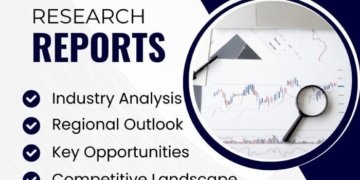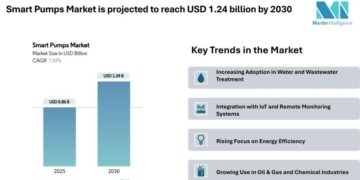SAN FRANCISCO, Aug. 04, 2025 (GLOBE NEWSWIRE) — SentiLink, the leading provider of identity verification and fraud detection solutions, today issued a report — Probability of Loss: Identity Theft Risk Across Breach Vectors — that provides new data insights into how different types of identity exposures influence the likelihood, frequency, and longevity of identity theft. The study, which evaluated real-world identity theft attempts across different breach vectors, revealed that individuals whose full personal information is available for free on the darknet are at exponentially higher risk of fraud—experiencing more frequent, prolonged, and widespread misuse of their identities.
The groundbreaking research was led by Dr. David Maimon, Head of Fraud Insights at SentiLink. It examined real-world datasets tied to over 2,000 individuals, demonstrating a dramatic increase in fraud risk, particularly when full personally identifiable information (PII) is made freely available on the darknet.
The identities in the study fell into three exposure categories: a free-to-download dataset from a 2021 data breach, identities from stolen check images sold on Telegram, and publicly-available voter registration records (used as a control). The study finds that risk can be categorized into three levels—ambient, heightened, and extreme—based on the exposure vector. The extreme category, consisting of victims whose complete identities were available on the darknet, represents the most dangerous and persistent threat, with nearly every identity tested targeted by fraud attempts.
“The fraud ecosystem is not just active—it’s efficient, distributed, and highly opportunistic,” said Maimon. “Our analysis shows that the method by which personal information is exposed directly determines how aggressively it is exploited. Not all breaches are equal. There’s a vast difference between partial data exposure and full identities circulating freely online. Fraudsters understand this—and now, we do as well and can help take steps to mitigate against this risk.”
More key findings in the study include:
- Nearly 100% of identities freely available on the darknet were used in fraud attempts, compared to 12.1% for stolen check victims and just 2.1% of the control group.
- Darknet-exposed identities faced over 10 fraud attempts each over the three-year period studied, often by multiple actors—evidenced by links to an average of 8 unique phone numbers and 9 email addresses.
- Fraud persisted significantly longer: 793 days on average for darknet victims, compared to 109 days for check victims and 48 for the control group.
- Fraudsters favored targets that enable quick monetization, such as deposit accounts and telecom services, over sectors with longer payout cycles, like auto loans.
The full paper, Probability of Loss: Identity Theft Risk Across Breach Vectors, is available now. Download the paper here.
About SentiLink
SentiLink, the leading provider of innovative identity verification and fraud prevention solutions, empowers organizations to accurately identify customers and detect synthetic fraud, identity theft, and hard-to-detect forms of first party fraud. Its solutions leverage a deep understanding of identity and risk informed by machine learning models and insights from a team of the industry’s best risk analysts.
SentiLink proudly serves:
- 11 of the 15 largest U.S. banks
- 6 of the top 10 credit unions
- 3 of the top 5 telecoms
- Hundreds of fintechs, lenders and government organizations.
Headquartered in San Francisco, the company was founded in 2017 by Naftali Harris and Max Blumenfeld and has raised $85M to date from investors including Andreessen Horowitz, Craft Ventures, and NYCA Partners, among others.
Media Contacts
Merrill Freund
merrill@freundpr.com
Jason Kratovil
jason@sentilink.com














